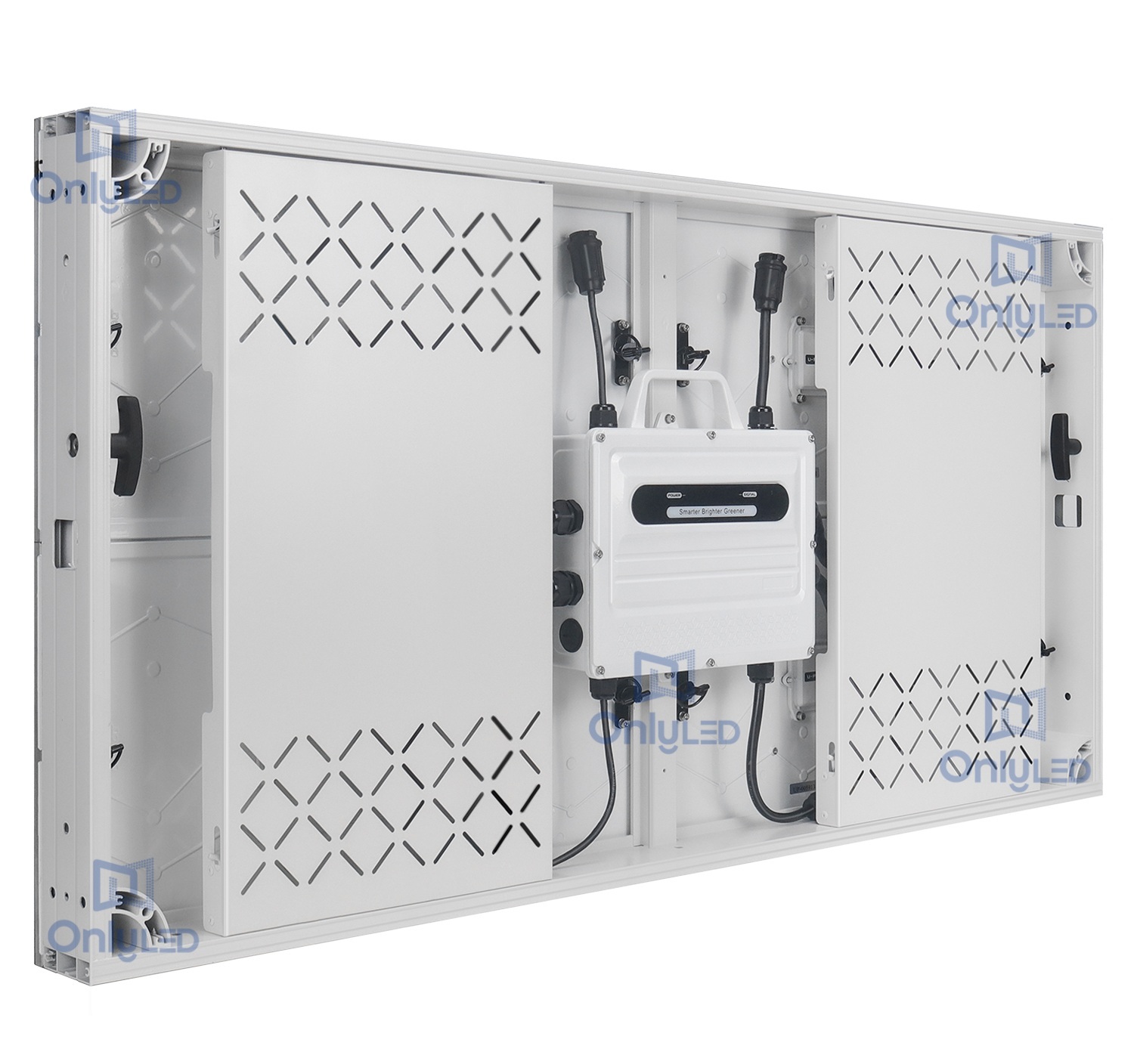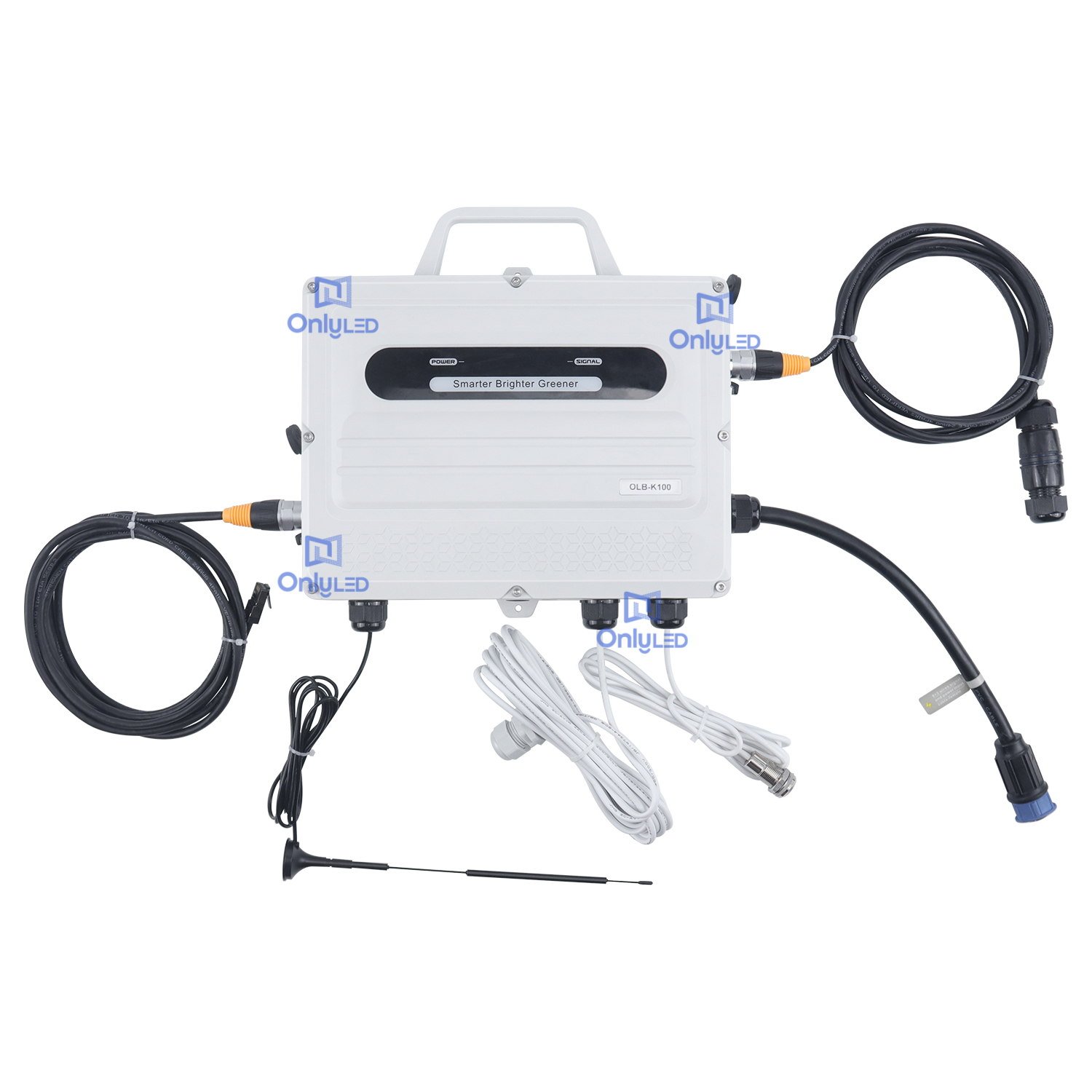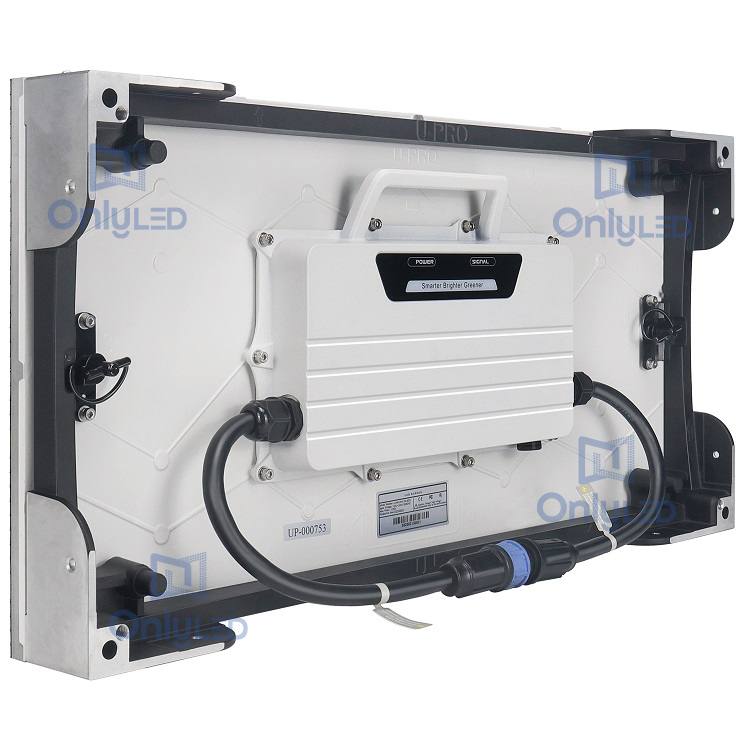Industry News
Understanding the Installation Method

Installing indoor full-color LED screens can be a complex process that requires careful planning and execution. This guide will provide you with a step-by-step overview to help you navigate the installation process with ease.
Step 1: Planning and Preparation
Prior to the installation, it is vital to plan and prepare to ensure a smooth process.
1. Assess the installation environment: Consider factors such as the size of the room, lighting conditions, and accessibility to determine the most suitable location for the LED screen.
2. Measure and calculate: Accurately measure the dimensions of the installation area to determine the size and type of LED screen needed. Consider factors such as viewing distance and resolution requirements.
3. Obtain necessary permits: Check with local authorities if any permits or approvals are needed for the installation.
Step 2: Installing the LED Screen
Now, let's dive into the installation process.
1. Ensure proper power supply: Choose an appropriate power source that meets the LED screen's power requirements. It is essential to have a stable power supply to avoid any flickering or damage to the screen.
2. Wall preparation: Prepare the installation surface by ensuring it is clean, smooth, and free from any obstructions or protrusions. If required, reinforce the wall to provide sufficient support for the LED screen's weight.
3. Mounting the LED screen: Carefully mount the LED screen on the prepared surface, following the manufacturer's instructions. Use appropriate mounting accessories, such as brackets or wall mounts, to secure the screen firmly in place.
4. Connecting and configuring: Connect the LED screen to the power source and ensure all necessary cables and wires are properly connected. Configure the screen settings, such as brightness and color calibration, according to the desired specifications.
Step 3: Testing and Maintenance
After the installation, it is crucial to test the LED screen's functionality and establish a maintenance routine.
1. Testing: Conduct thorough testing to ensure the LED screen is functioning correctly. Check for any visual defects, dead pixels, or connectivity issues. Adjust settings if necessary to achieve optimal display quality.
2. Maintenance: Establish a maintenance schedule to keep the LED screen in optimal condition. Regularly clean the screen surface, inspect for any damage, and replace faulty components when needed. Implement software updates to ensure compatibility and security.
In conclusion, the installation of indoor full-color LED screens requires careful planning, precise execution, and regular maintenance. By following this guide, you can ensure a successful installation process that delivers stunning visual experiences in various indoor environments.




